As a homeowner, you're probably wondering whether you should install weather stripping, and are unsure if it can keep rain, heat, and bugs out. We have done some research for you, and here is what we found.
Yes, weather stripping can help keep rain, bugs, and heat out. However, it is important to ensure that the weather strips are well installed and in good shape so they can serve their purpose.
Weatherstripping doesn't just help in keeping rain, bugs, and heat out --it also makes your home energy efficient. Keep reading to get detailed information about weather stripping and how it can be installed.
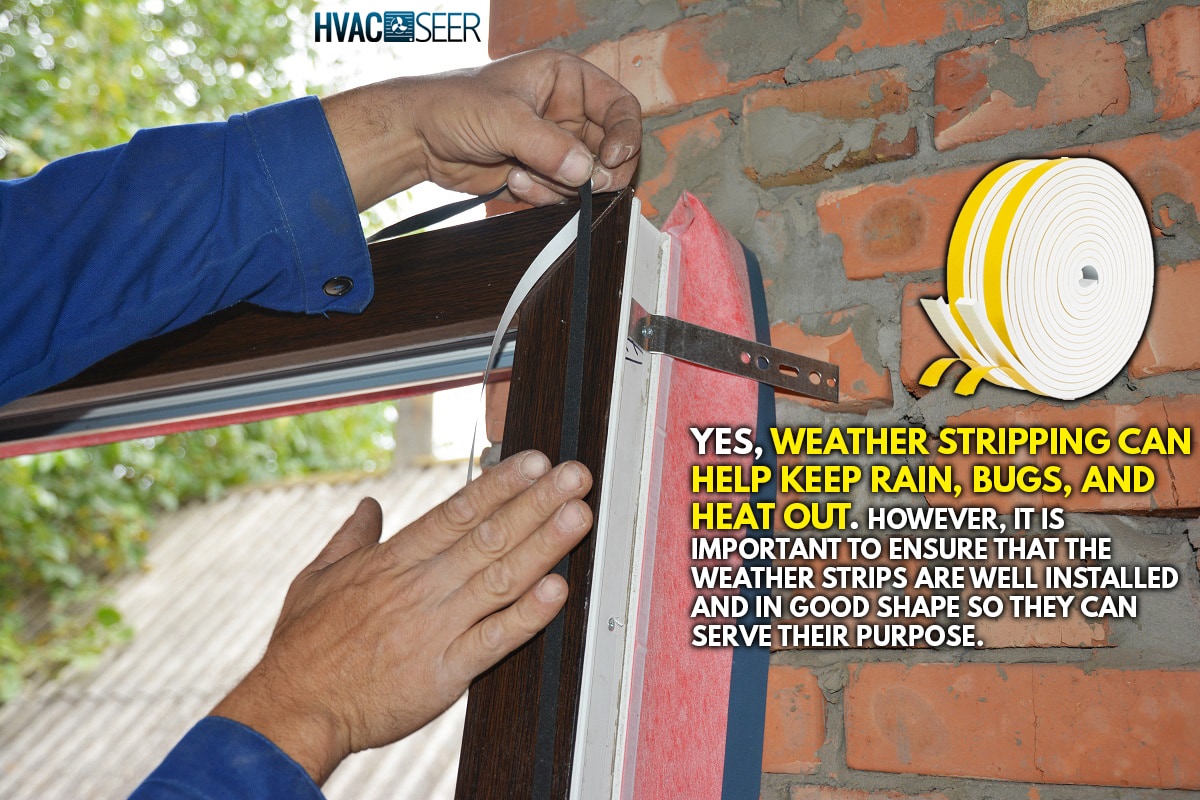
Does Weather Stripping Keep Rain, Heat, And Bugs Out?
Most homeowners weather strip their doors and windows in order to keep the air inside and save energy on heating and air conditioner. But that is not just what weather stripping does: it can also prevent rain and bugs from entering your home. It keeps heat out as well during the summer.
However, the stripping on your door or window can be prone to a series of wear and tear, especially if it is used often. In case of damage, you must get it replaced. When the strips are used on doors or windows to keep out rain, heat, and bugs, it is recommended to check them once a year. This is to avoid later issues that might lead to high repair costs.
After weather stripping your doors or windows, make sure to inspect them in case of leaks. You can do this with a lighter or flashlight. When performing this task, ensure you are two inches away from the door or window and slowly move the lighter's flame (or a flashlight beam) around the door's perimeter. If there is a sign of flame or light flickering, then it is time for a replacement.
How Long Does Weather Stripping Last?
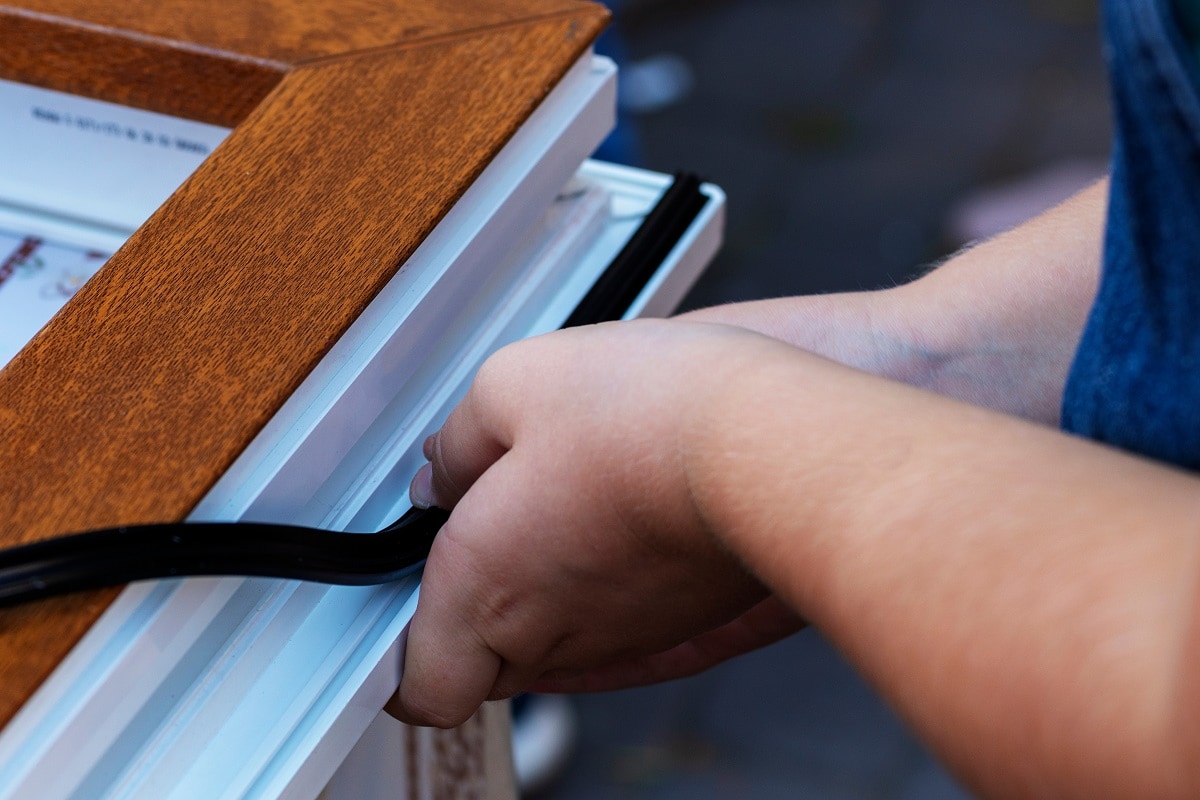
Weather stripping can last for up to five years. A weather strip's lifespan depends on factors like usage, age, type, and exposure. Pests can shorten their lifespan.
Some weather stripping designs last longer than others. V-strip, vinyl, adhesive-backed tape, felt, and interlocking metal are some varieties of weather stripping.
Felt is a plain strip that is installed in such a way that the seal presses against each other and is very glaring when it is applied to an opened space. Felt has a lifespan of at least two years.
The vinyl material, also known as compression, provides a tight seal when pressed against the tube, which can last for at least five years. It is typically challenging to install. The V-strip is made of metal, so it is durable, easy to install, and will hold well in an old apartment.
For adhesive-backed tape, it is made of rubber, and you can get it in different thicknesses and widths. To seal this type of weather stripping on the door, you will need to use self-adhesive tape. The major disadvantage of this tape is that it wears out quickly. It is not durable.
How Do I Choose Weather Stripping?
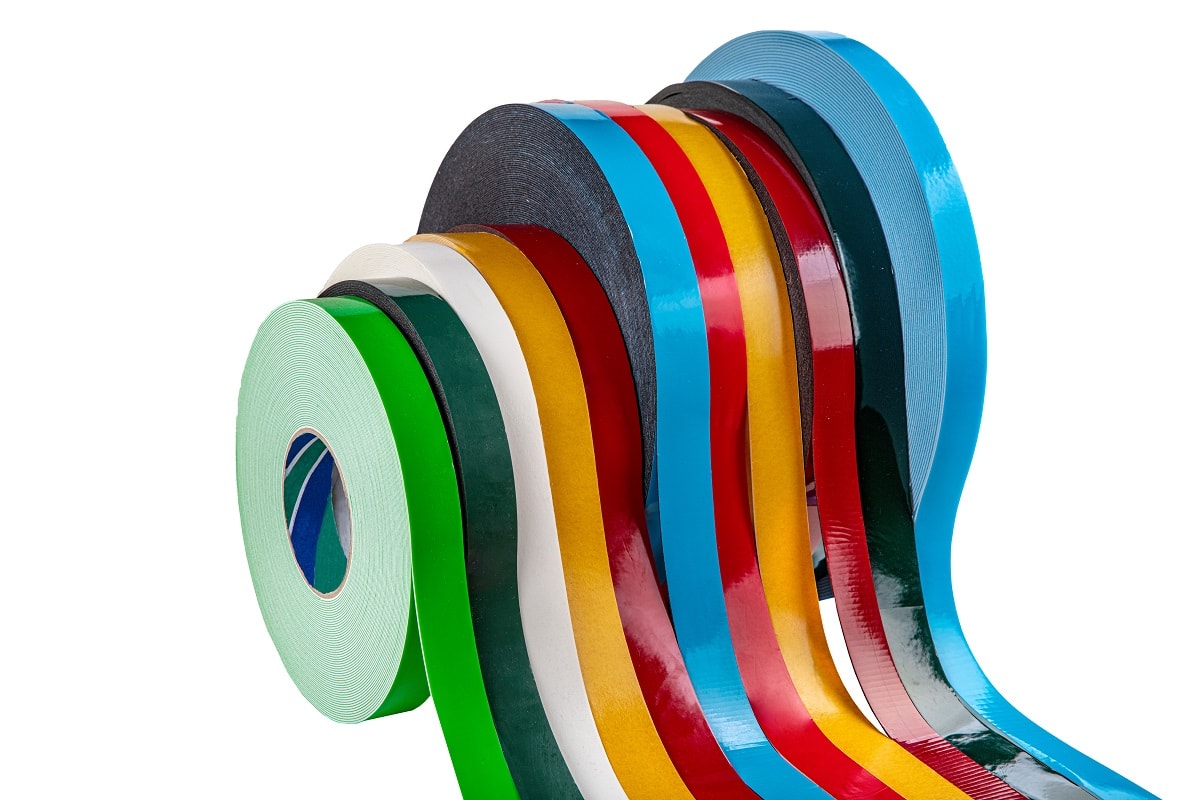
Before installing weather stripping, you first need to choose the one that can last longer. You should pick a weather stripping that seals well after closing your door or window.
However, make sure the door or window can open without obstruction. Generally, when weather stripping is fixed at the bottom of a door, it can move the carpet especially if the area is used always.
It is recommended to consider the location when selecting the product. Some weather stripping, like the felt and open-cell foams, is usually affordable but easily gets damaged by harsh weather.
This material is well suited for areas that are not used frequently. You can use different types of weather stripping for areas that are not well shaped.
How Thick Should My Weather Stripping Be?
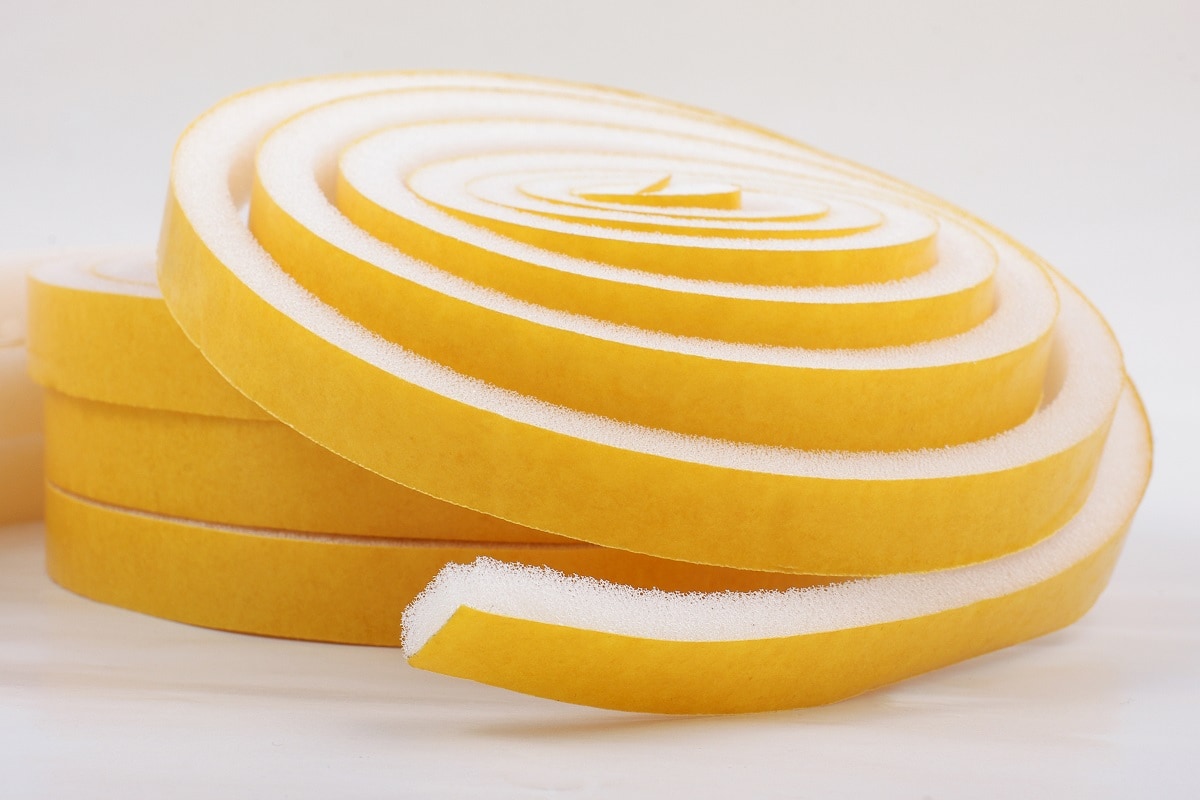
Weather stripping should be thick enough to cover the space where there is air leaking. If this is not well covered, you will not be able to keep out rain, heat, and bugs.
Foam weather stripping is the easiest to work on, but it doesn't offer a tight seal. Also, it is not durable. You can go for this if that is the only option you have.
They are available in different thicknesses and widths. It is recommended to use a foam that is about 1/2-inch thick. You can fix the weather strip where the door stop ends.
How Do You Install Weather Stripping?
Installing weather stripping can be difficult or easy, depending on the type of material used. Here are step-by-step procedures for installing weather stripping:
Step 1: Take Out The Old Weather Stripping
The first step in installing a new strip is to remove the old one. Then, start measuring the width and length of your door. Make a mark on where you want to cut and use snips for cutting.
Step 2: Hang The Cut Out Strip
Following the door's direction, hang the weather strip that you cut out so that the material is closer to the threshold.
Step 3: Drive Nail Into The Hole
In a case whereby your weather stripping has a hole already, then you don't need to make another one; just drive the nail into it. Make sure that the positioning is okay before proceeding.
Pound the nails to the strip center but let the nail be halfway. Do this again if you want to pound other nails. But if you want to install the second strip, you will have to repeat the entire process. Next, pound the nail fully but make sure not to hit it too hard.
Step 4: Set The Weather Stripping
For the last part, you need to set the strip by allowing the strip to stay up.
Don't forget the main purpose of weather stripping, which is to seal gaps between doors or metal, and the easiest way to do this is by making use of a door sweep.
How Much Will I Spend To Install Weather Stripping?
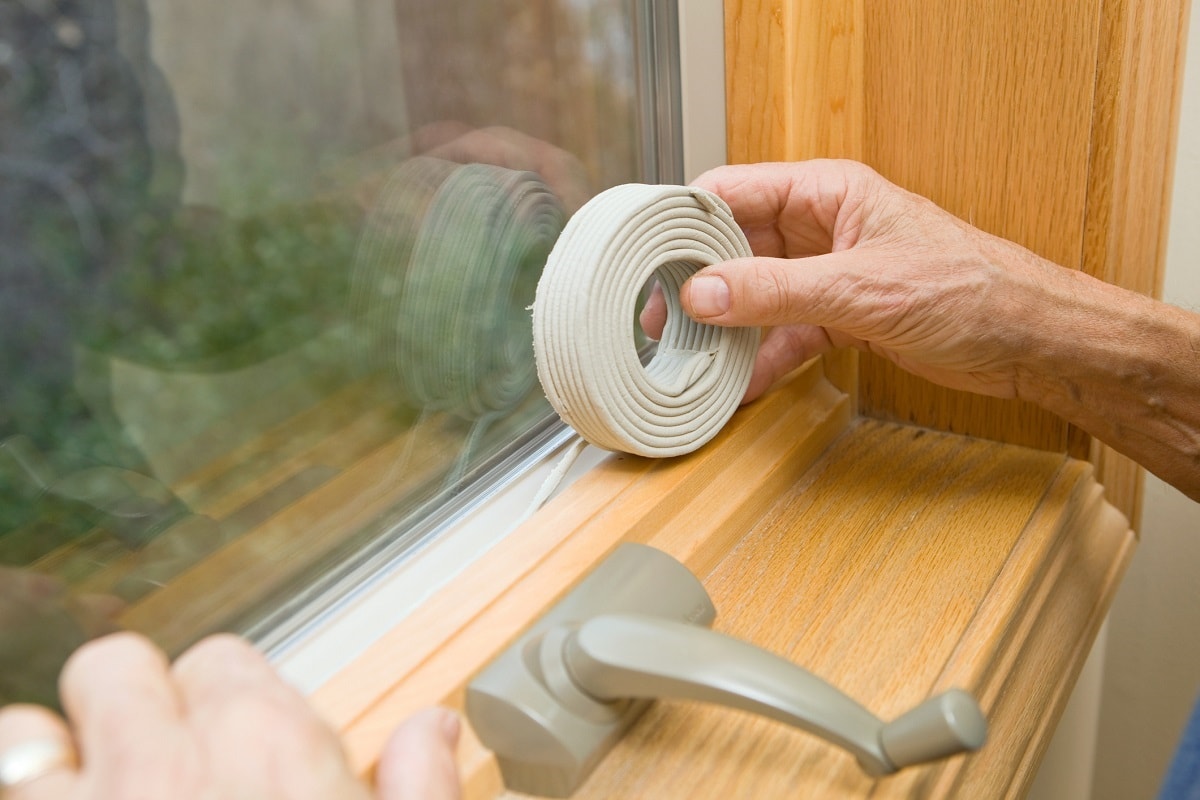
The amount spent on installing weather stripping varies and this is because there are different types of weather strips. Other factors also contribute to this.
On average, the cost of weather stripping is anywhere from $200 to $600, with $350 being a typical price to install weather stripping on doors and windows for a 2,000 sqft house. Factors that determine the cost of installation includes:
Price Of Material
The type of weather stripping used plays a role in the amount. If you are going for felt, you can spend anywhere from $0.25 to $0.50 per linear foot. You can get them in rolls, but sometimes, they come plain or strengthened with metal.
If you decide to use the tension seal weather stripping, get ready to spend anywhere from $0.25 to $0.50 for a linear foot. Most weather stripping you can find is in the same category as the gasket.
For the reinforced foam which is a closed-cell form, you can get it anywhere from $1.25 and $1.50 for a linear foot. It is usually linked to a becker. If you prefer the interlocking metal channels, that should cost you about $6 to $10 for a linear foot.
Services Involved
The cost of installation also varies based on the services involved. Most contractors charge according to the hours spent doing the job. Some charge between $50 and $100 for one hour. To save cost, it is better to install all your doors and windows at once instead of doing them one by one.
Location
This factor determines the cost. Some areas in your home require weather stripping and the cost for each area is not the same. If you want to weather strip your window, that will cost you anywhere from $5 and $10. This is based on the size and the weather stripping used.
For the door, that should cost anywhere from $35 to $90 for one door. This price may change and a contractor can charge you based on the type of door you have.
To Wrap Up
Weather stripping can go a very long way in helping you prevent air leakage, rain, bugs, and other critters. Ensure your doors and windows are properly sealed, and also checked, at least once a year for any sign of cracks.
If you enjoyed reading this post, here are similar articles you may like:
How To Soundproof A Hollow Door
